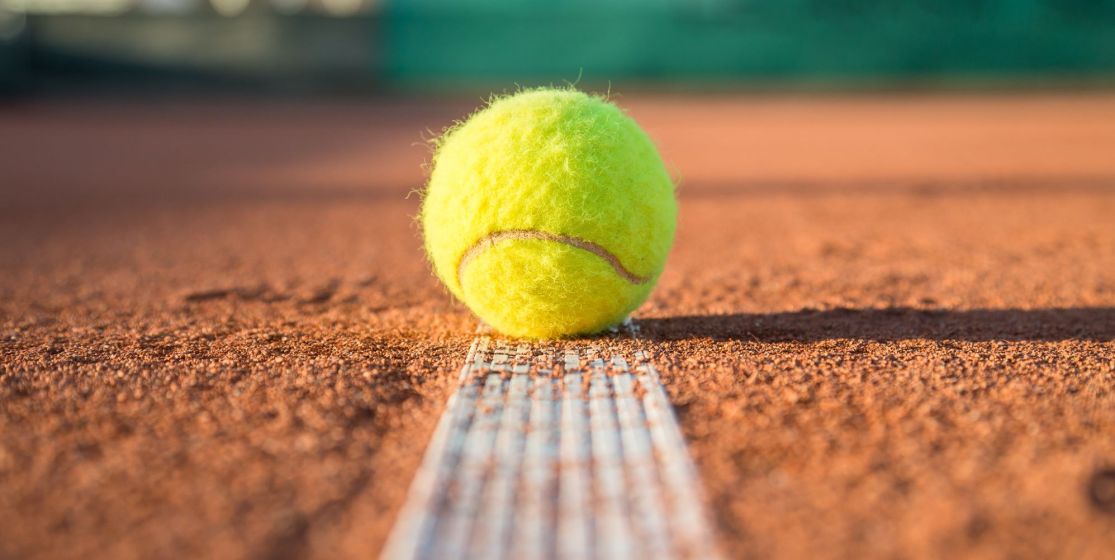Last week, Rafael Nadal withdrew from the US Open, again citing an injury – an excuse that doesn't fail to make us wonder about the possible story of the remainder of his career: That of a precocious champion who pushed his luck a lot.
Towards the end of his career in 2005, Andre Agassi was playing the oracle: "he’s [Rafa’s] writing cheques that his body can't cash." This comment, made seemingly outlandishly when the Spanish prodigy wasn't even yet twenty years old, has returned to haunt the memory of Tour observers throughout the seasons, as the greatest sportsman in Iberian history was punishing his body. Nobody had ever gone so far in pain, in abuse of his body, in the refusal of defeat than the seven-time Roland Garros’ champion. Until then, the world number three had missed "only" six Grand Slams: the 2003 and 2004 French Open (before his accession to the throne, Editor's note), Wimbledon in 2004 and 2009 and the 2006 Australian Open. We will pass on the ambiguous defeats when, injured, he preferred not to give up - as in New York in 2005 and in Melbourne in 2011. Both times against David Ferrer and the second only two games away from the 'Rafa Slam'. Since his emergence in spring 2005 at not even nineteen years old, we always knew that Nadal would not play into his dotage. A more Borg-like career was expected for him.
Nadal, like Wilander?
When flipping through the history books, we first note that almost all of the youngest winners of the Four Majors did not have exceptionally long careers. Winner in Paris at eighteen in 1974, Björn Borg retired at the beginning of 1982, eight months after his sixth title at Porte d'Auteuil. Winner of the U.S. Open at nineteen years old in 1979, John McEnroe didn’t win any more Grand Slams after the fall of 1984. Same for Michael Chang - youngest winner in Paris at 17 years old and four months – and who never fully recovered, despite finals in Australia, in the U.S. and one in Paris. A few years before, Mats Wilander had trodden a strange path: winner in Paris at seventeen in 1982, he pocketed thereafter three other Majors before successfully completing a “mini-Slam” in 1988. Australia, France, USA and the world number one spot all at twenty-four years old. He then disappeared from the radar, unable to stand the pressure created by his new status. Besides Chang, the 90's will only slightly buck the trend. Jim Courier, twice winner of the French and in Australia in his early twenties would gradually lose ground and leave the Top 10. Of the gang of four American Musketeers, Andre Agassi would be the only perfect counter-example. He was the most precocious, with a semi-final in Roland in 1987, and he was yet the last of the group to land a Grand Slam at Wimbledon in 1992. The "Kid from Vegas" will also remain as one of the few players to have won all four Grand Slam tournaments, to have returned from the dead twice (having been ranked well beyond the hundredth position in the ATP rankings, Editor's note) and finished his career at thirty-six years old, having been a finalist at the U.S. Open the previous year and only beaten by a Federer at the peak of his incandescent talent.
Retirement after Rio
Nadal, then, has just celebrated his twenty-six birthday in June - the age at which Borg called it a day. Fifty titles, including eleven Grand Slams, twenty-one Masters Series, the Olympic gold medal and three Davis Cups by BNP Paribas. Phew. The Manacor bull has always been steadily improving his game in all areas under the aegis of his uncle Toni. Last Friday, he gave a press conference that was meant to be reassuring. If he had missed the Olympics, Toronto, Cincinnati and the U.S. Open soon, it was because of Hoffa's syndrome, an inflammation of the left patellar tendon and was nothing to do with his old, and recurring, pain in both knees. Angel Ruiz Cotorro, the Spanish Federation's doctor, but also the doctor of the Manacor muchacho since he was fourteen years old, said in Marca: “Nadal’s injury is annoying and painful but benign. It’s evolving well and the coming week will be crucial for whether we continue the same treatment.” In the entourage of the Mallorcan, a recovery period of seventy-eight days is expected. No one cares about the likely loss of the third place in the ATP rankings in favour of Andy Murray after the U.S. Open, but rather dream out loud about seeing him compete in the semi-finals of the BNP Paribas Davis Cup in Gijon in mid-September. Nobody in Spain is worried about his future. Doctor Cotorro says, "There’s nothing to worry about for the future." Manuel Orantes, the great lefty of the seventies, uses a more elliptic tone: "People talk a lot about his unique talent as a left-handed player, about his incredible mental strength, but they forget that he's an extraordinary athlete, completely out of this world. Nadal will never back down in the rankings, he will not play for being just a finalist even if players last longer today. He will definitely not drag on like Connors but I see him staying at the highest level a few more years yet. He's still in his prime." In his press conference, Rafa let it be known that he could see himself playing on until the next Olympics in Rio in 2016, and the chance to finally be the Spanish delegation's flag-bearer - a pleasure and an honour of which he was deprived because of his Hoffa’s syndrome this year in London. In Brazil, he will be thirty years old. The age of Roger Federer... last year.
By Rico Rizzitelli






